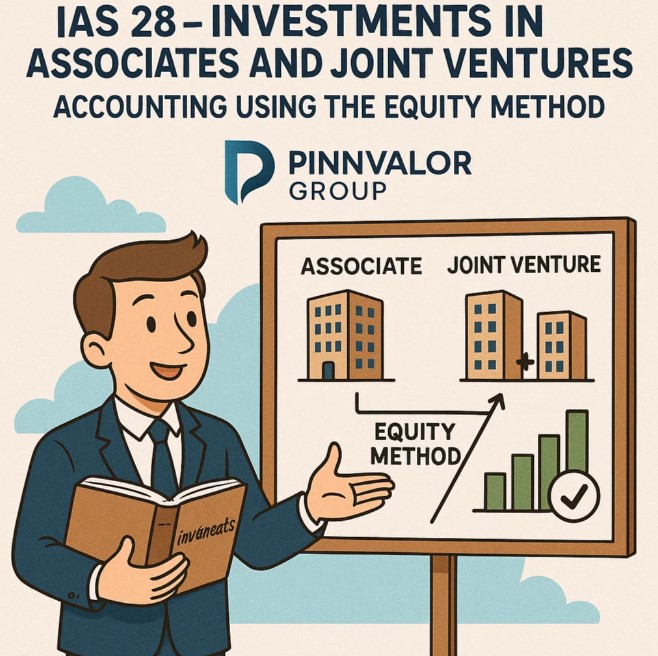
IAS 28 – Investments in Associates and Joint Ventures: Accounting Using the Equity Method
In the world of financial reporting, proper accounting for investments in associates and joint ventures is critical for transparency and accurate representation of a company's financial position. IAS 28, issued by the International Accounting Standards Board (IASB), provides the framework for accounting such investments using the equity method.
Ever wondered how your share in an associate truly impacts your financial statements?
IAS 28 transforms how investors showcase their real economic interest.
Understanding Key Concepts
Before diving into the accounting procedures, it is important to understand the key terms:
- Associate: An entity over which the investor has significant influence, but not control. Significant influence is usually assumed when the investor holds 20% or more of the voting power.
- Joint Venture: A contractual arrangement in which two or more parties have joint control over an entity and share rights and obligations.
- Equity Method: An accounting technique where the investment is initially recognized at cost and subsequently adjusted to reflect the investor’s share of the associate’s or joint venture’s profits or losses.
Initial Recognition of Investment
Under IAS 28, an investment in an associate or joint venture is initially recognized at cost. This includes:
- Purchase price of shares or equity interest
- Directly attributable transaction costs
Example:
If Company A acquires 30% of Company B for $100,000, the initial investment is recorded as $100,000 on Company A’s books.
Subsequent Measurement: Equity Method
After initial recognition, the investment is adjusted to reflect the investor's share of the profit or loss and other comprehensive income of the associate or joint venture:
- The investor recognizes its share of the investee’s profit or loss in its own statement of profit or loss.
- The investor adjusts the carrying amount of the investment for dividends received from the investee.
- Other comprehensive income items of the investee are also proportionately recognized in the investor’s other comprehensive income.
Mathematical illustration:
- Investment at cost: $100,000
- Share of profit (30% of $50,000) = $15,000 → New carrying amount = $115,000
- Dividends received (30% of $10,000) = $3,000 → Carrying amount adjusted = $112,000

Impairment of Investment
IAS 28 requires that investments in associates and joint ventures be tested for impairment if there are indicators that the investment may be impaired. Impairment loss is recognized if the recoverable amount of the investment falls below its carrying amount.
Disposal of Investment
When an investor disposes of an investment in an associate or joint venture, the difference between the proceeds from the disposal and the carrying amount of the investment is recognized in the profit or loss.
Presentation and Disclosure Requirements
IAS 28 mandates that entities disclose the following for transparency:
- Nature and extent of significant influence or joint control
- Summarized financial information of associates or joint ventures
- Carrying amount of investments and the investor’s share of profit or loss
- Unrealized gains or losses arising from transactions with associates or joint ventures
Key Advantages of the Equity Method
- Reflects the investor’s economic interest in the investee’s performance
- Improves comparability and transparency in financial statements
- Ensures accurate recognition of profits, losses, and dividends
Conclusion
IAS 28 provides a robust framework for accounting investments in associates and joint ventures. By using the equity method, investors can present a realistic picture of their influence and economic interest in these entities. Proper application of IAS 28 ensures compliance with IFRS, enhances financial statement transparency, and aids investors, regulators, and stakeholders in informed decision-making.
